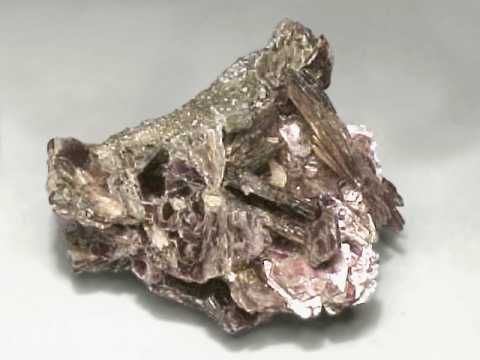Product Overview
Coal is a combustible sedimentary rock formed from plant remains over millions of years. It is primarily composed of carbon, hydrogen, and oxygen, with varying quantities of sulfur and other elements. It serves as a major global source of energy and industrial raw material, making it a highly traded mineral in the international market.

Uses of Coal
-
Power Generation – Burned in thermal power plants to produce electricity.
-
Steel Production – Metallurgical (coking) coal is essential in blast furnaces for steelmaking.
-
Cement Manufacturing – Used as fuel in cement kilns.
-
Industrial Heating – Powers boilers in factories and refineries.
-
Chemical Production – Source for derivatives such as coal tar, ammonia, and methanol.
Major Sources
-
Enugu State
-
Benue State
-
Kogi State
-
Gombe State
-
Delta State
Export Forms
-
Thermal Coal – Used in electricity generation.
-
Coking Coal – Used in steel manufacturing.
-
Anthracite Coal – High-grade coal with high carbon content.
-
Lignite – Lower-grade coal used for local energy needs.
Export Specifications
| Parameter | Typical Specification |
|---|---|
| Fixed Carbon | 50–85% (grade-dependent) |
| Moisture Content | ≤ 12% |
| Ash Content | ≤ 15% |
| Sulfur Content | ≤ 1% for premium grade |
| Calorific Value | 5,500–7,000 kcal/kg |
| Size | Lump (0–50mm) or crushed (0–25mm) |
| Packaging | Bulk in vessel, jumbo bags, or 50kg sacks |
| HS Code | 2701 – Coal; briquettes, ovoids, and similar solid fuels manufactured from coal |

Required Documentation
-
NEPC Export License
-
Mining Lease or Purchase Agreement from Licensed Miner
-
Certificate of Origin
-
Commercial Invoice & Packing List
-
SGS or Intertek Quality Analysis
-
Form NXP
Major Export Destinations
-
China
-
India
-
South Korea
-
Japan
-
Netherlands
-
Turkey
Export Tips
-
Moisture control is critical — high moisture reduces calorific value and market price.
-
Metallurgical coal commands higher prices due to its role in steelmaking.
-
Ensure compliance with import country environmental and quality standards.
-
Bulk shipment is more cost-effective for large volumes.






